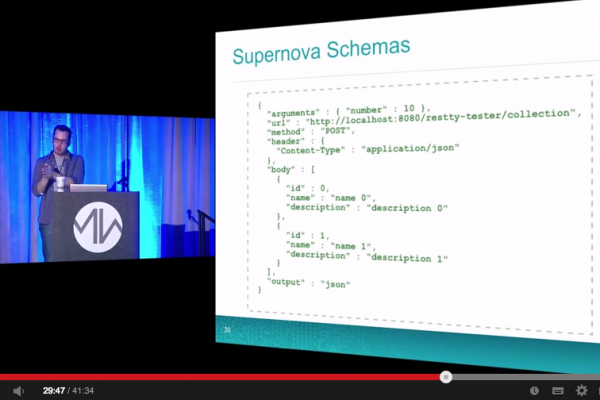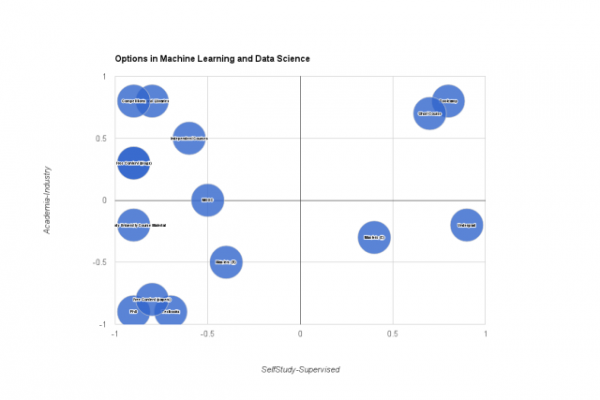Building a Production Machine Learning Infrastructure
Last Updated on June 7, 2016 Midwest.io is was a conference in Kansas City on July 14-15 2014. At the conference, Josh Wills gave a talk on what it takes to build production machine learning infrastructure in a talk titled “From the lab to the factory: Building a Production Machine Learning Infrastructure“. Josh Wills is a the Senior Director of Data Science at Cloudera and formally worked on Google’s ad auction system. In this post you will discover insight into […]
Read more








